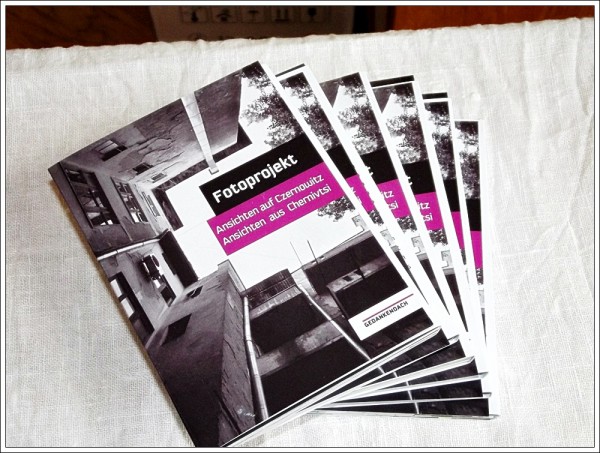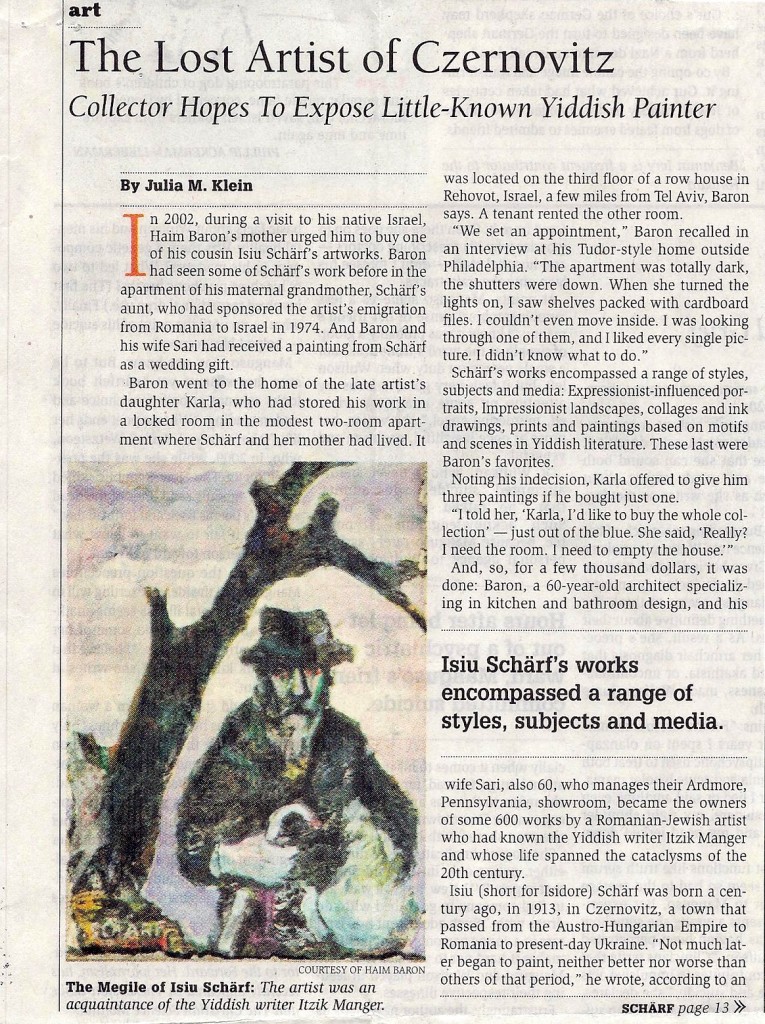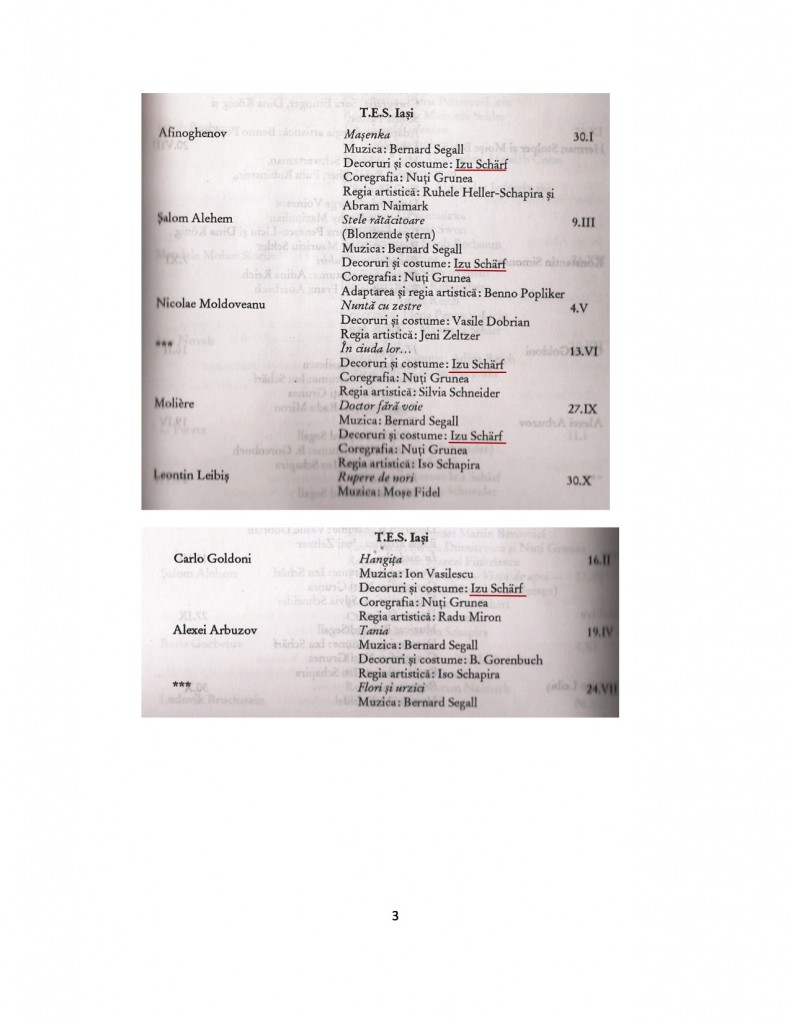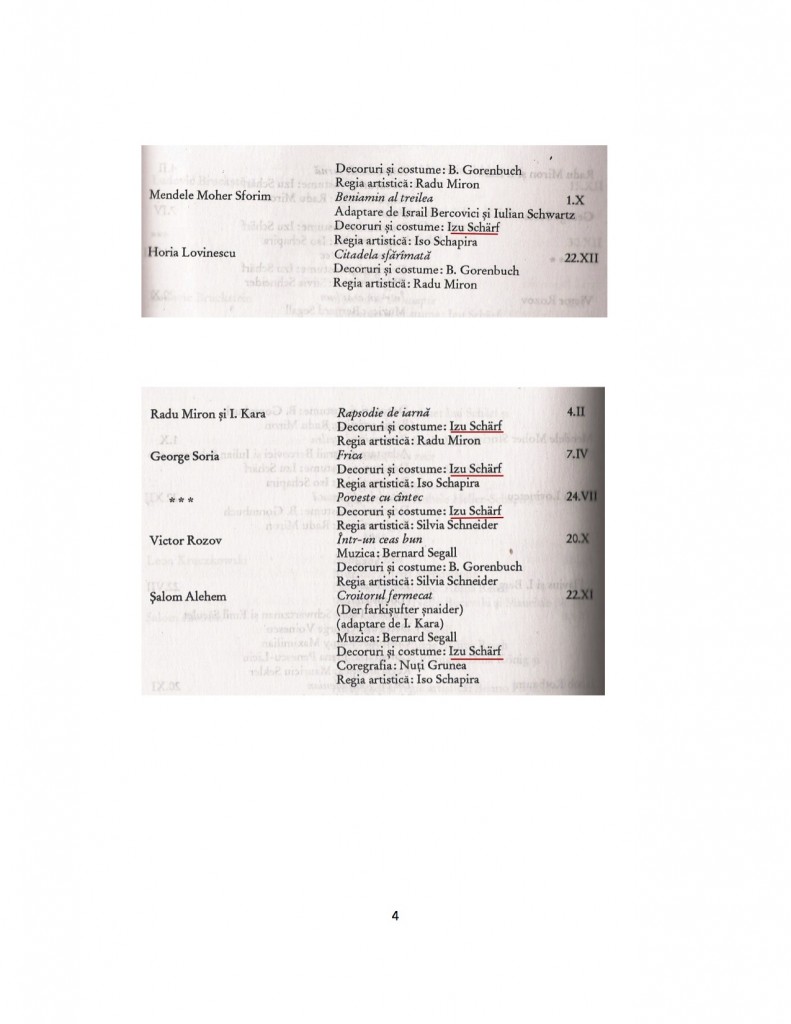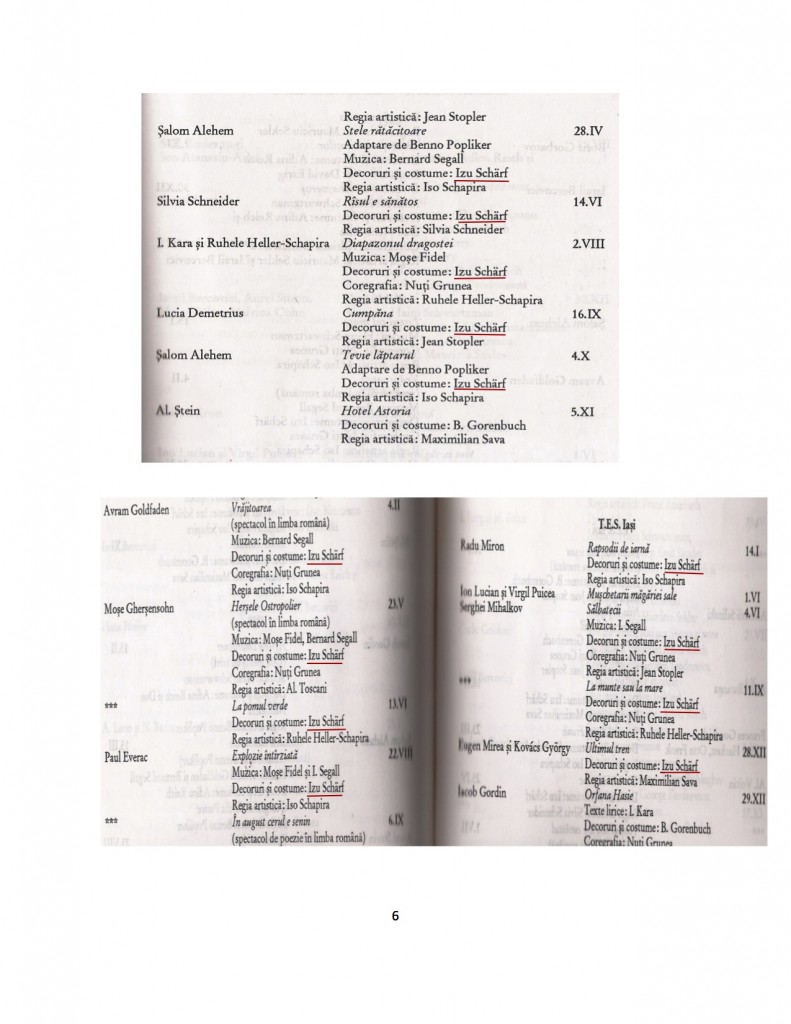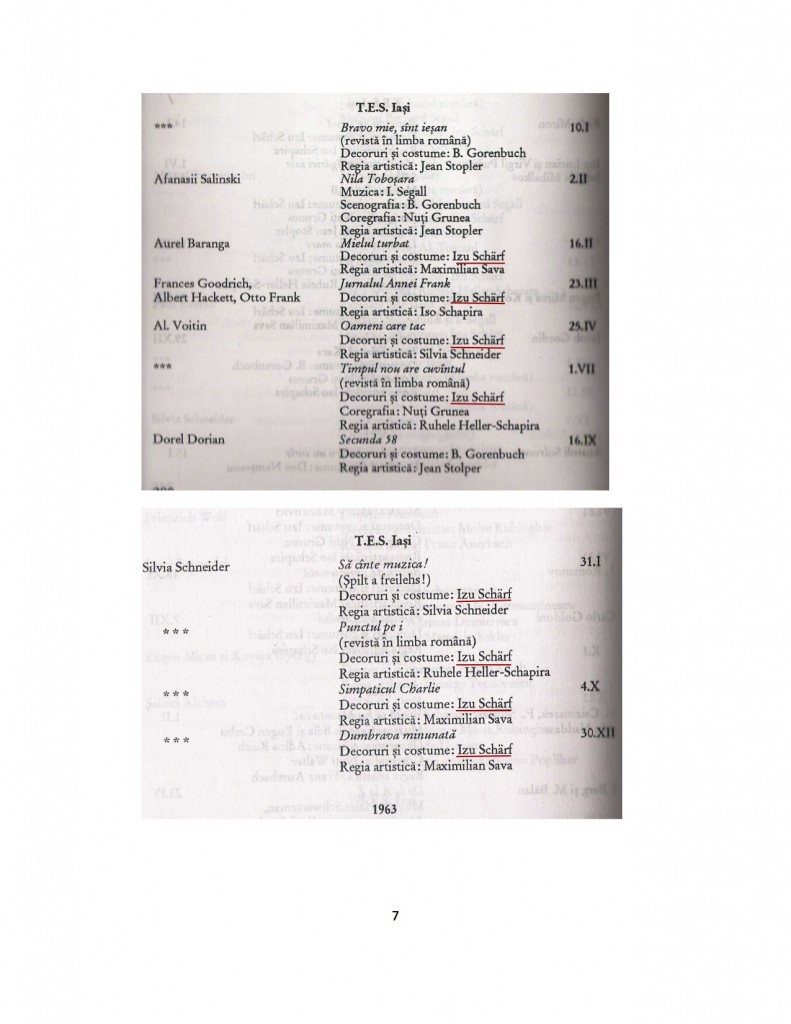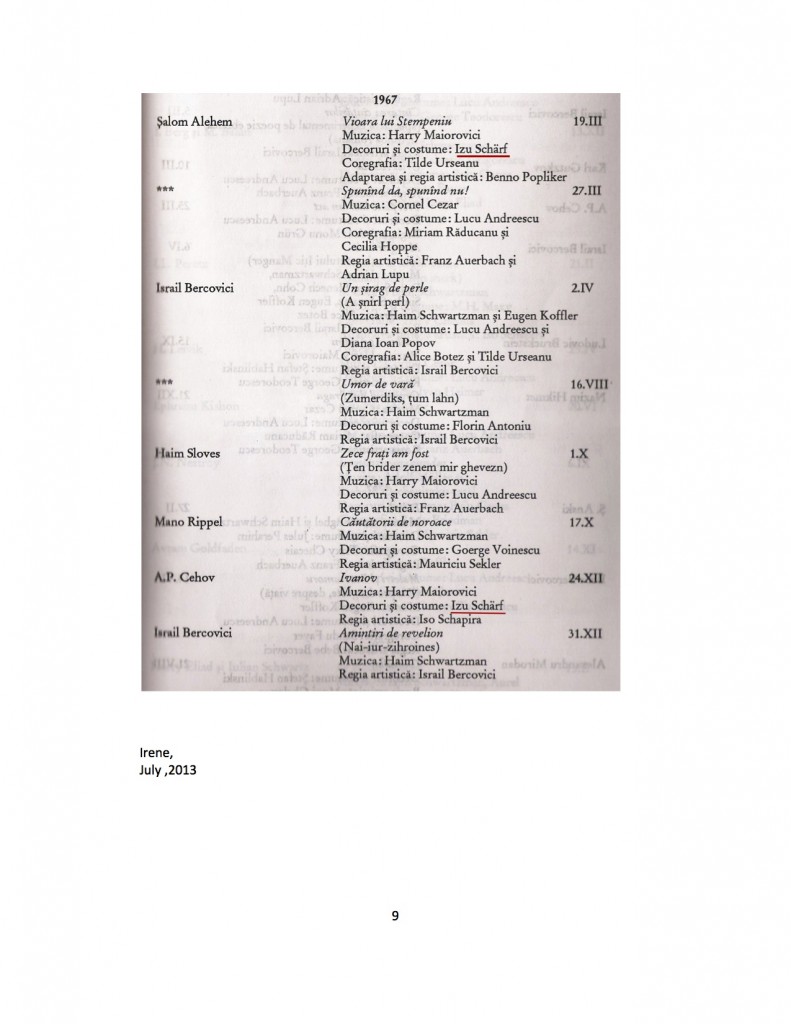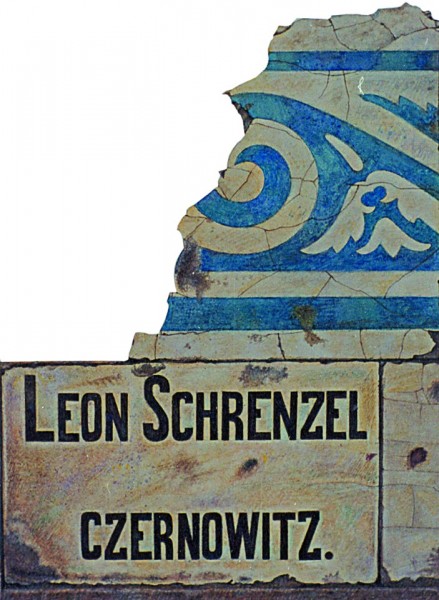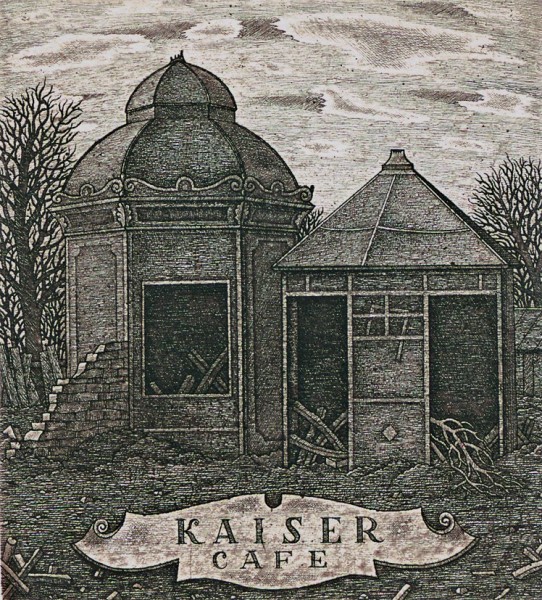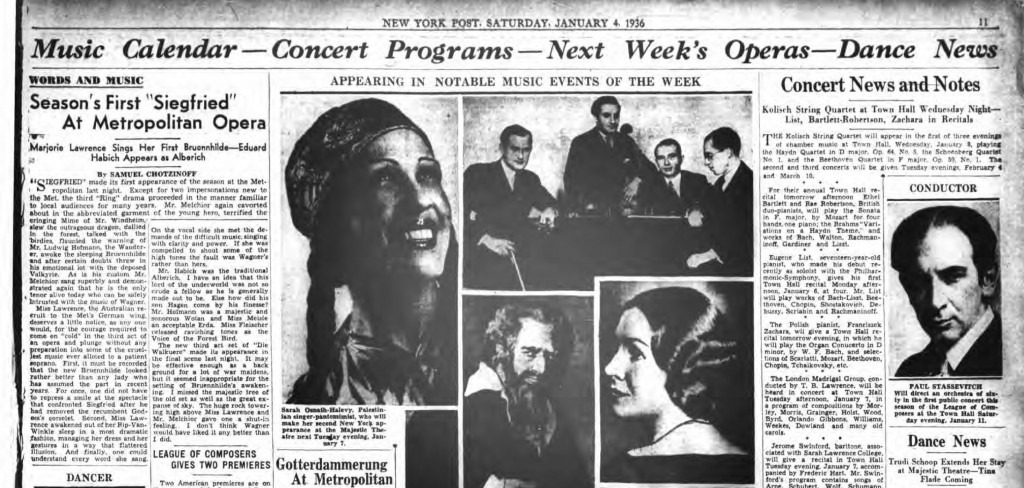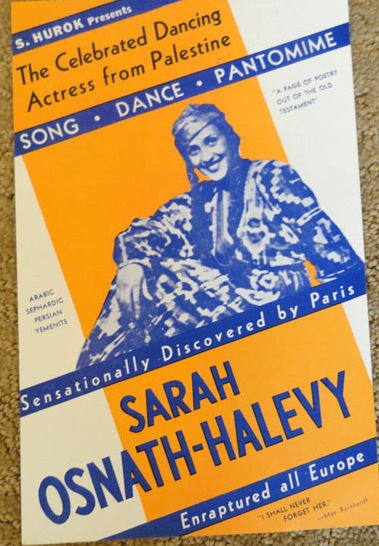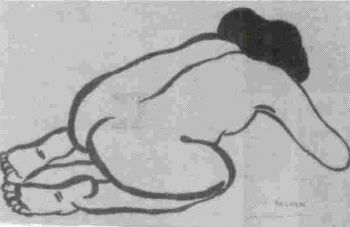Marion Tauschwitz: “…following traces of Selma’s life I try to breathe as much Czernowitz atmosphere as possible. So yesterday I went to an interesting exhibition: Ansichten of Czernowitz. Young people have started to discover Czernowitz and to claim the town as their heritage: ancient views caught by young people who discover Czernowitz’ history and start being proud of what has been created in Czernowitz. The project started in spring and summer 2013 initiated by “Zentrum Gedankendach” by Oxana Matijchuk, the forum of architectures of Lübeck and the Oead Cooperation Centre of Lemberg. A Jury chose the 16 best motives and they were printed as postcards. The idea is to send the postcards to people all over the world and so transport the spirit of Czernowitz into the world. “Zentrum Gedankendach” and a local journalist documentated the opening exhibition and took interviews and they want to try to offer the film to a German TV station . They asked what I thought about the project – I told them that I am fascinated by the idea and that I think it is time for young people to start to cope with the history of their town. To discover the wealth of the culture that was created by Czernowitzers – especially by the Jewish population. to follow the tragic traces,too. These traces can be found all over the town. Each stones has its story, each “Kanaldeckel” can tell about history. Today I went along former Bischof Hackmen Gasse and discovered “Kanaldeckel” – from Vienna, Rumanian and Sowjet times – lined up in one row. Lined up history….”
Category Archives: Art
Isiu Schärf – The Lost Artist of Czernowitz
Sylvia de Swaan’s Photo Workshop in Czernowitz
Let your Eyes…

Zwiegestalt 2006
Aloys Rump’s series of art works on Paul Celan
The blog post with the pictures of:
Synagogues of Khust, Shargorod, Bolekhiv, Palace of Tsadik Friedman of Ruzhyn in Sadhora (Czernowitz), Cemeteries of Bila Cerkva, Czernowitz, Medzhibozh, Bolekhiv
There it is, in so many places
ended with the citation of Paul Celan’s poem:
Lass dein Aug in der Kammer sein eine Kerze,
den Blick einen Docht,
lass mich blind genug sein,
ihn zu entzünden.
This was translated into English:
Let your eyes become a candle in the chamber,
your glance a canon,
let me become blind enough
to light it.
Some of our friends rightly protested against the use of canon instead wick of the German word Docht. When you take a look at the French version of the whole text including the poem (at the same site)
you will find the usual translation of Docht i.e. wick and not canon. Should one conclude that the translator into English was simply mistaken or that he thought to have a reason to change the word into another so different one? We don’t know from the site who the translator into English was, although the name of the author of the French translation is given. But ignoring the Docht the rest is very well done. So he might, and surely deserves to be given the credit to have had a reasonable purpose in using this poetical freedom in translation. The whole poem has 2 verses:
ZWIEGESTALT (about 1954)
Lass dein Aug in der Kammer sein eine Kerze,
den Blick einen Docht,
lass mich blind genug sein,
ihn zu entzünden.
Nein.
Lass anderes sein.
Tritt vor dein Haus,
schirr deinen scheckigen Traum an,
laß seine Hufe reden
zum Schnee, den du fortbliest
vom First meiner
Seele.
Zwiegestalt is a typical Celan creation of combining German words, zwei (two) and Gestalt, playing on the word Zwielicht which means so much as twilight. Should we translate it as Doubleshape or Twigestalt or Twishape into English?
The two shapes correspond of course to the two parts of the poem interrupted but also joined by the categorical:
No,
Let different be,
I won’t even try to translate the second part into English – no doubt that one reason it was not given here is the difficulty to render into another language the symbolism Celan creates in these lines in German. Another reason for not citing the whole poem is of course the relevance of the first part only of the poem to the pictures, the search for presence of those that are not anymore.
The main idea of the second part is to give an active alternative to the passive behavior of his interlocutor by demanding of him to implement his colorful dreams, have the strength of a horse and wipe away any sad thoughts. (Here I have to admit the guilt of free interpretation and may be some exaggeration). It remains an open question if the poem is about two persons, or at least connected to another addressed person, or is a pure monologue with himself, like a lot of other poetry by Celan and others.
Whatever the contrast between the two different verses of Celan’s poem is meant to represent, its features are of a strict personal intention. A reader may find many oppositions according to his own way of reading. Passive/active or pessimist/optimist or internal/external or subject/object or static/dynamic, there is so much to chose from these few lines that open a vast territory of psychology or even philosophy, that one could say that even for reasonable associations to the text the sky is the limit. But I can’t find any trace of an idea of murder, hate, repent, social injustice or collective indifference to the past. Indeed there is nothing “social” or “general” here in Celan that might connect to the pictures. Except may be blindness.
The first verse is cited because of the blindness of the people now living. If we accept that Celan is cited here not only with the intention to give a nice literary strong finish to an otherwise beautiful and sensitive report, then only the subject of blindness can be responsible for this inclusion. But what sort of blindness of the locals to the past atrocities to a former population of the region is here intended to be shown? Is it at random, contingent, or in principle, a quasi conscious effort to get away from that past so unpleasant or even difficult to live with? Are they just lost in the misery of their daily life that does not give them the time to look back, or are they denying on purpose the past of the region? Accidental or lawful behavior?
The translator votes for the last version and explicates it by the use of the word canon instead wick. True, any reader might associate by himself a wick to be the principal part of a candle without which all the burning and light giving would not take place. The wax being there only for sheltering and shielding it. But canon makes the connection stronger. It is both the guideline of ecclesiastical behavior and the meaning that was used by philosophers like Mills or Kant, of rule or principle of right thinking. It is not a matter of accidental choice, it is “the” choice you make as part of your reasoned behavior. We could say, not a matter of temperament but of character, of some people or of humanity as such. To take Celan out of context:
Has the world become blind enough for a sufficient time in order to light it? Can the question : “Where are you” be answered in any positive way? We know that somehow there must be a candle that might give light enough to see the truth of the canon but for the moment we can only feel it as a gaze that surrounds those lost places of Galicia or Bucovina, a gaze from the past that looks upon the present but can’t be seen.
Berti Glaubach
The Jewish Heritage at Poemas del río Wang
 Please click on the photo in order to access
Please click on the photo in order to access
“The Jewish Heritage at Poemas del río Wang”
Thesis and Antithesis on a City Once Known as Czernowitz
Sarah Osnath-Halevy – Fascinating Yemenite
Semi-monthly journal of the Cernautian school of painting
This came from List Member Daniel Dubowy… It is a pdf of something his father did in 1924 in Czernowitz when he was 16 years old.
Daniel explains:
Hi Jerome,
My German is not very good either, I used Google Translate for the
title: semi-monthly journal of the Cernautian school of painting. In
1924 my father was 16 years old, I don’t know if such a school really
existed but I suspect this was a fictitious name for a group of students
with artisitic talents in the school who wrote this journal by hand. My
father *Erich Dubowy has a few drawings inside.
Daniel
So, just click on the link below and you should be able to display or save it:
KunstKeime01
I take no responsibility for the content as my German is worse than Daniel’s. Your comments then are necessary and welcome .
Jerome

